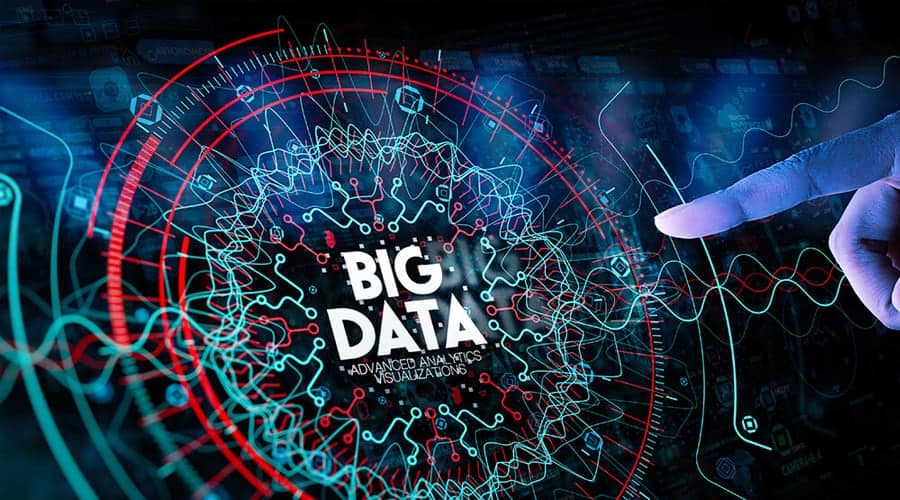In today’s data-driven world, the ability to effectively harness and analyse large volumes of data has become crucial for businesses across various industries. The rise of big data has been driven by several factors, including the increasing digitization of the world, the growth of the Internet of Things (IoT), and the development of new data storage and processing technologies.
Big data is a valuable resource for businesses and education as it can be utilized to gain insights into customer behaviour, identify trends, and make better decisions. The latest trends in Big Data are shaping the landscape and revolutionizing the pathway for data management and utilization.
- The rise of edge computing. Edge computing is a distributed computing paradigm that brings computation and data storage closer to the end user. It can help to reduce latency and improve the performance of applications.
- The growth of the Internet of Things (IoT). The IoT is connecting billions of devices to the internet, and this is generating a massive amount of data. Big data is being used to analyse IoT data and gain insights into how people are using these devices.
- The use of artificial intelligence (AI). AI is being used to automate tasks, improve decision-making, and personalize customer experiences. Big data is being used to train AI models for better decisions about network optimization, customer targeting, and fraud prevention.
- Personalized learning: Big data can be used to track student progress and identify areas where they need additional support. This information can be used to create personalized learning, tailored to each student’s needs.
- Adaptive learning: Big data can be used to create adaptive learning experiences that adjust to each student’s learning style and pace. This can help students to learn more effectively and efficiently.
- Recommendation engines: It can be used to create recommendation engines that suggest relevant resources to students based on their interests and needs. This can help students to find the information and tools they need to succeed.
- Faculty development: Big data can be used to track faculty performance and identify areas where they need additional training. This information can then be used to provide faculty with the resources they need to improve their teaching.
The University of California, Berkeley is using big data to track student progress and identify areas where they need additional support. The university is using this information to create personalized learning plans that are tailored to each student’s individual needs.
The future of big data
The future of big data is bright. As the field continues to evolve, we can expect to see even more new and innovative ways to use big data to improve businesses and organizations.
Some of the potential future trends in big data include:
- The development of new data sources, such as DNA data and brain imaging data.
- The use of big data to solve complex problems, such as climate change and disease.
- The development of new ethical guidelines for the use of big data.
Big data is a powerful tool that has the potential to revolutionize the way businesses operate. As the field continues to evolve, we can expect to see even more innovative ways to use big data to improve our lives.


